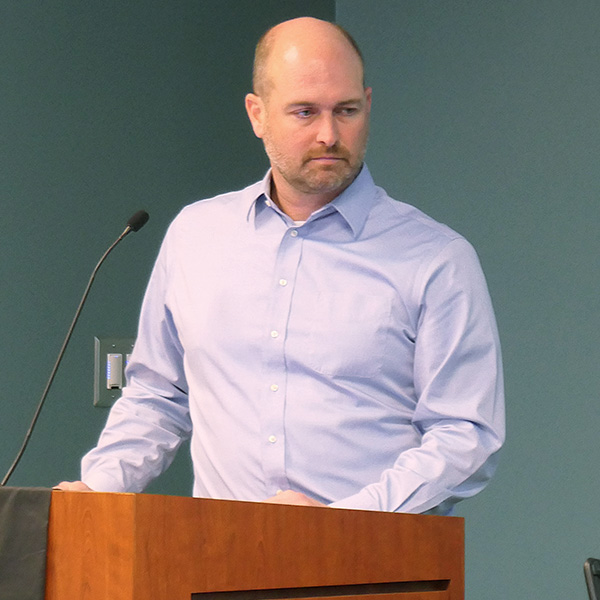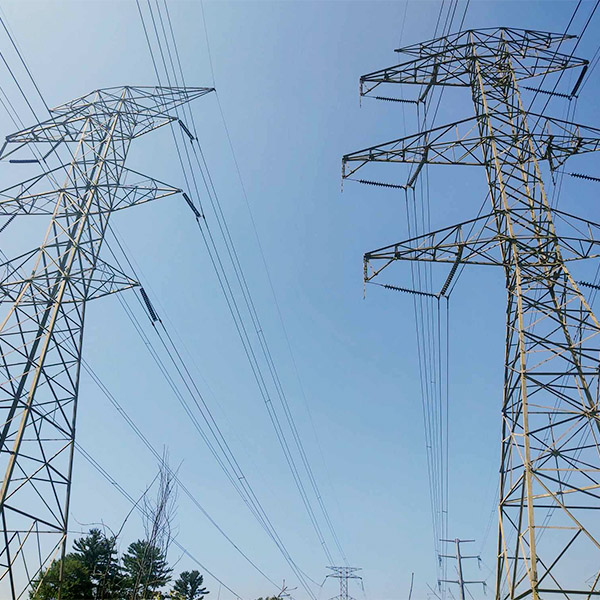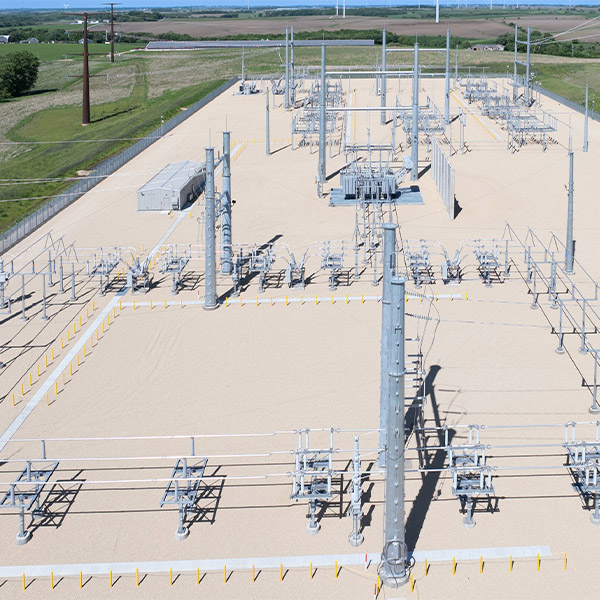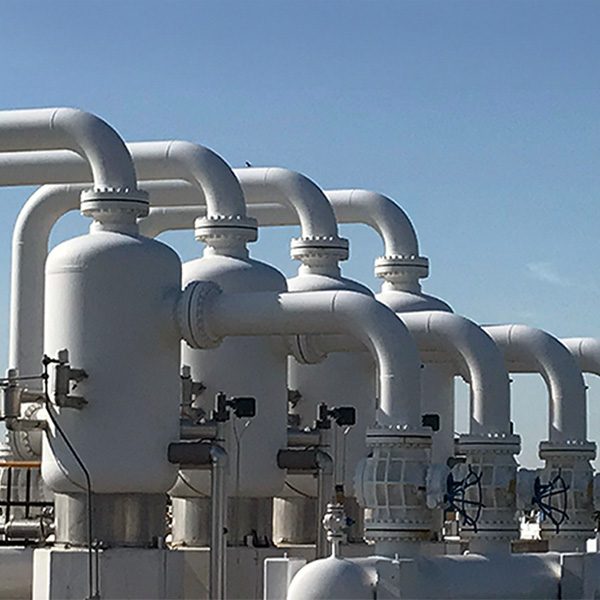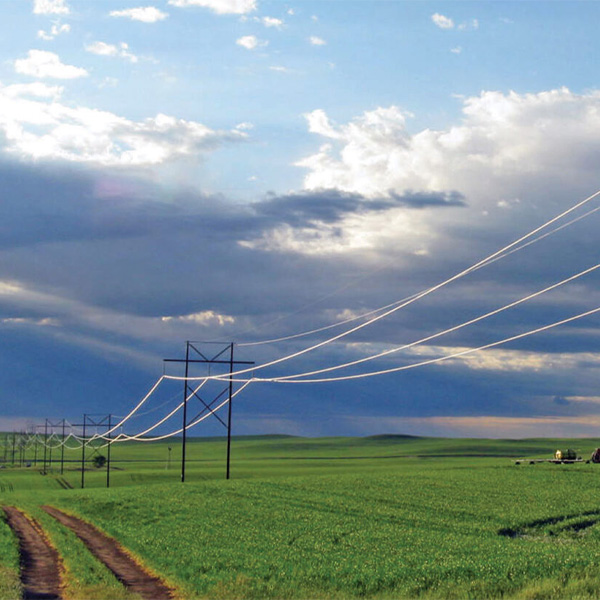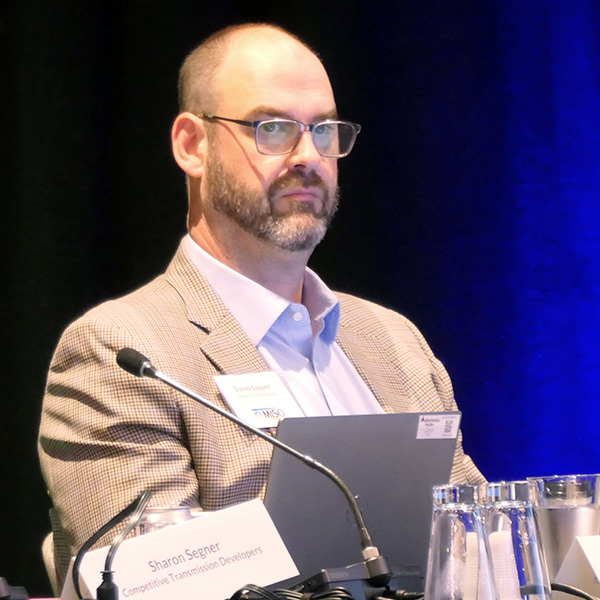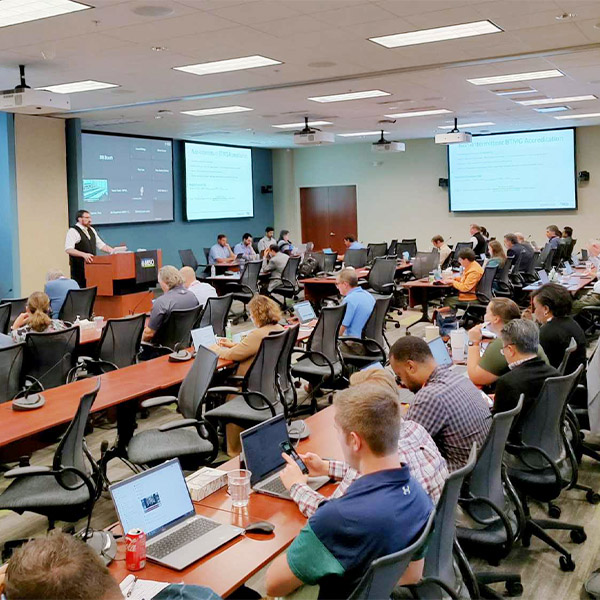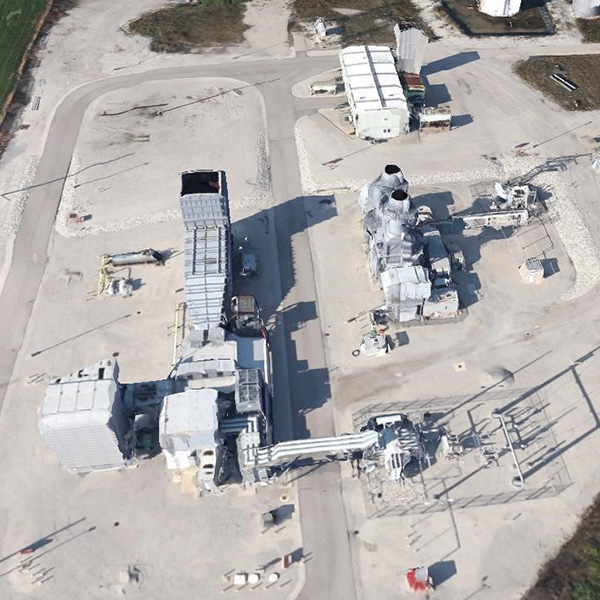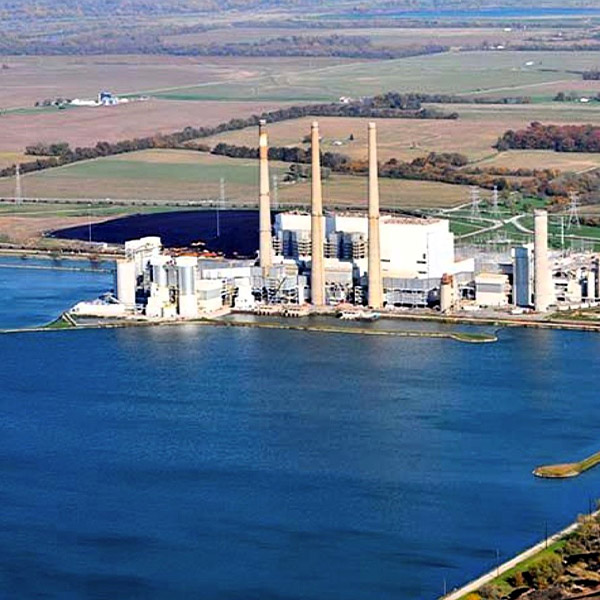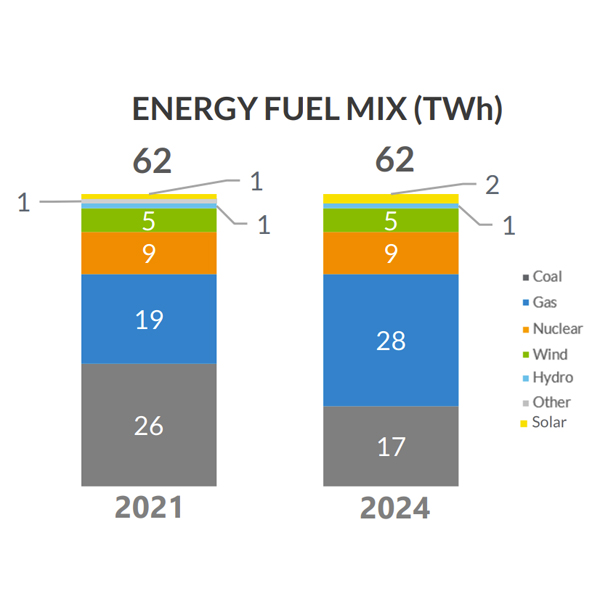Midcontinent Independent System Operator (MISO)
MISO is hesitant to grant a request from Michigan to give dispensations to distributed energy resources from its mandated affected studies that gauge transmission system impacts.
FERC continues to fiddle with the return on equity MISO transmission owners can earn, this time setting the base amount at 9.98% while once again eradicating the risk premium model from the calculation.
Although it’s largely compliant with the directives of FERC’s Order 1920 on regional transmission planning, MISO intends to seek a yearlong extension of the June 2025 compliance deadline.
MISO maintains that a member request to create a multiday gas purchase requirement for use during extreme cold is unnecessary but offered financial assurances for resources whose commitments are canceled.
MISO wants FERC to reconsider its decision to let a jointly managed flowgate with SPP stand, with the RTO arguing the North Dakota cryptomining facility burdening the line is SPP’s responsibility alone.
Clean Grid Alliance is asking MISO to incorporate rules for HVDC into MISO’s energy and ancillary services markets.
Demand response in MISO is poised to be subject to more rigorous standards as the Independent Market Monitor warns of more potential bad actors.
Midwestern power producers are asking for re-evaluation of MISO’s cost of new entry in light of recent clean energy goals.
Nearly a decade on, the saga over Dynegy’s manipulation of MISO’s capacity market continues, with FERC denying the company’s asks for procedural changes that might have softened repercussions in the case.
MISO reported relatively lower costs and outages in August while it served its annual peak late in the month.
Want more? Advanced Search
